I haven’t written in AEONS! And I figured, “Hey! What better way to begin my two-zero-one-zero archive than by bragging…..oops!….I mean blogging about one of my new acquisitions”. I’ve recently bought myself a DSO. Not the fancy Agilent or Tektronix scopes; I bought myself something much more affordable – a DSO2090. I’m pleased with it. Very pleased. And, since there are very few reviews about it online, I’ve decided to write one.
I had initially decided to build my own DSO, but as I soon found out, building test and measurement equipment is no child’s play. I tried in vain to get my hands on a decent ‘scope on eBay, but most of the scopes were out of my budget, and the ones that were in, wouldn’t ship to India. A lot of manufacturers make USB scopes – PicoTech and BitScope being the notable ones. But again, too expensive. And I really got sick of trying to use my soundcard as a low cost ‘scope. So after much forum-trawling and late night ‘research’ I settled on the DSO2090. Do note that the price of this instrument can vary from 160 bucks to over 300 bucks on the net!
The ‘2090 is a good piece of equipment. It’s priced reasonably well (obviously, a lower price would be better! :-P), and it has most of the functions that higher end DSOs have. A few words of warning – don’t expect the ‘2090 to match up to a dedicated bench DSO. The ‘2090 is more like a tool that the moderate-to-advanced-level hobbyist, rather than a test engineer at Texas Instruments, would have.
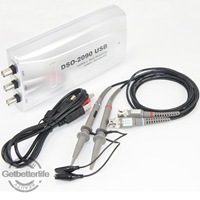 Ripped from the seller’s (www.getbetterlife.com) eBay page
Ripped from the seller’s (www.getbetterlife.com) eBay page
I still haven’t test driven the socks of the DSO, but I have managed to get my fingertips dirty. Read on for the lowdown.
The ‘2090 is a USB driven, two channel digital signal oscilloscope. Mine is a Hantek clone. It can measure at 100 megasamples per second (MSps), and has a bandwidth of 40MHz (for a nice explanation about the difference between sampling rate and bandwidth go here, and also read this).
Specs:
- 100MSps real time sampling
- 2.5GHz equivalent sampling (also called ‘ETS’)
- 40MHz (-3dB bandwidth)
- 8 bit resolution
- Max input voltage 35Vp-p
- Vertical deflection: 10mV – 5V @ 1x probe (9 steps)
- Horizontal deflection: 4ns – 1hr (38 steps)
- Trigger: external, or either channel (edge based, single, normal)
Software features:
- Several convenient measurements (P-P, frequency, RMS, etc)
- FFT/Spectrum
- Math (add, subtract, multiply, divide)
- Saving screenshots (JPG, BMP
- Logging (DAT, Word, Excel)
- Nice demo function
- Other useful features
I ordered my DSO2090 from a China-based site. The cost was the lowest from among all the web-based dealers, AND more importantly, shipping costs weren’t atrocious. The base price was USD161.20, and shipping was USD29.71, for a total of USD191.91 (~INR 9,324). Customer service on the site was very prompt and courteous. Shipping to Gurgaon, India, took a little long – 10 days. But in all fairness, it was the Christmas week. Packaging was very good, and the DSO came unscratched and unharmed. I had no issues with customs (both Bombay, and Delhi released the parcel in less than 3 hours).
The scope is totally USB driven – no external power required. The cable supplied is a USB ‘Y’ type cable – One for power and data (black), and the second (red), to supply additional power, if necessary.
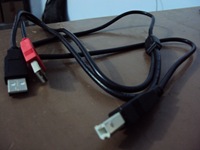
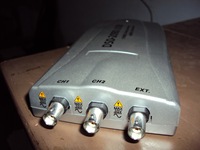
The ‘Y’ cable to the right and the BNC jacks to the left.
Two BNC clip probes and a few probe accessories come as part of the kit. The probes supplied are compensated 1x/10x probes. Considering the price, they’re very good quality.
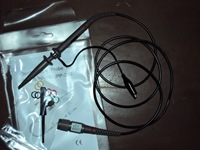
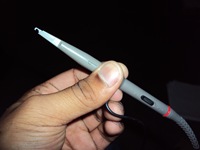
Left: The Probes Right: One of the clip probes with its sheath pulled back. Also visible is the 1x/10x slide switch.
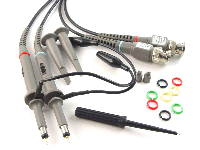
Close-up of the probes (from some site). The colour coded rings are really useful.
At the back of the scope there are two metal tabs – “Ground” and “Cal”. The calibration tab gives a 2Vp-p square wave at 1kHz.
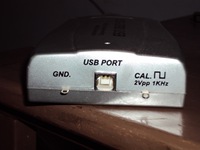
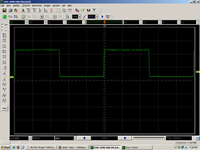
The back of the probe on the right. The probe’s own calibration signal is on the right.
The body of the DSO is plastic, and build quality is fairly good.
As with almost all digital T&M equipment these days, the ‘2090 can be interfaced with custom software. As a bonus, sample C++, VB, and LabVIEW programs are included on the driver CD.
Below are a few screen shots of some measurements.
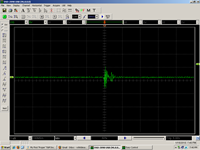 Power supply noise when my CFL table lamp turns on
Power supply noise when my CFL table lamp turns on
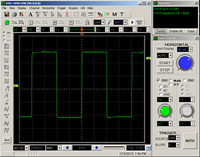
A 50% 6.13kHz PWM from the Super Probe that I built some time back.
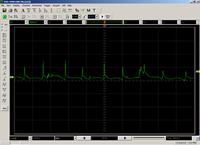
Brushed motor noise. The BEMF spikes when the brushes break contact are clearly visible. RPM of the motor is approximately 20000 RPM.
What the DSO2090 is NOT:
- a Tek or an Agilent ‘scope
- a full-fledged DSO with benchtop features
- a standalone device
- a super-accurate device that you can trust your life (or other’s lives) on
What the DSO2090 IS:
- an awesome hobby ‘scope with lots of features
- a very low price test and measurement device
- very portable
- a very cool device that will enhance your geek image
The final word? If you’re a poor student hobbyist like me, and have reached the stage where you ‘absolutely need’ a way of seeing what signals are zooming around in your circuit, then the DSO2090 is certainly for you. There are variants to the ‘2090:
- the DSO2150 (150MSps/60MHz)
- the DSO2250 (250MSps/100MHz)
- the DSO5200 (200MSps/200MHz)
- the DSO5200A (250MSps/200MHz)
I find that the ‘2090 is the best value for money, and it fulfils my need, at least for now :-D . A recommended buy for those looking to purchase a ‘scope.
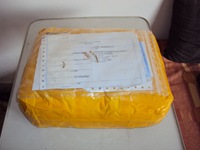
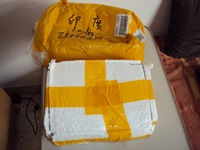
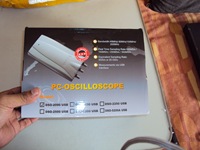

Thanks ebay software. I don't really understand what exactly you want - would you like to advertise on my blog?
ReplyDelete-Rohit
Test and Measurement Equipment
ReplyDeleteNice blog here. I believe there are also thousands of individuals who look forward of having test and measurement equipment. Good thing there are some that offer them on a lesser price but still possess good quality.
Though I have no idea how cheap a scope can cost,but surely isnt getting a standalone scope better?
ReplyDeleteI mean,you spent close to 10k.Surely you could've got a decent scope for that kinda cash.
Do correct me if I'm wrong.My price ideas on oscilloscopes are really vague.
Thing is,I'm looking to get one meself.
Regards,
kmmankad
Hey Kartik,
ReplyDeleteA decent standalone scope would be about USD350. By 'decent' I mean something like the Rigol 1052e. When I wrote this post, the 1052e was close to $420 - more than double the DSO2090, and well out of my budget. There are reasonable alternatives to Rigol - Owon and Atten fall in the same price bracket and specifications. I've seen a 60MHz 2-ch Atten for $299 shipped from AliExpress. And if you have someone in the US coming to India, then Ebay has some great analog scope for less than $100 (shipping an analog to India costs a bomb because they're so darn heavy). Even I'm really thinking of sinking in cash into a 'proper' standalone Atten (maybe once I get my salary :-P). But until then the DSO2090 is pretty awesome. Very accurate and nothing beats its portability.